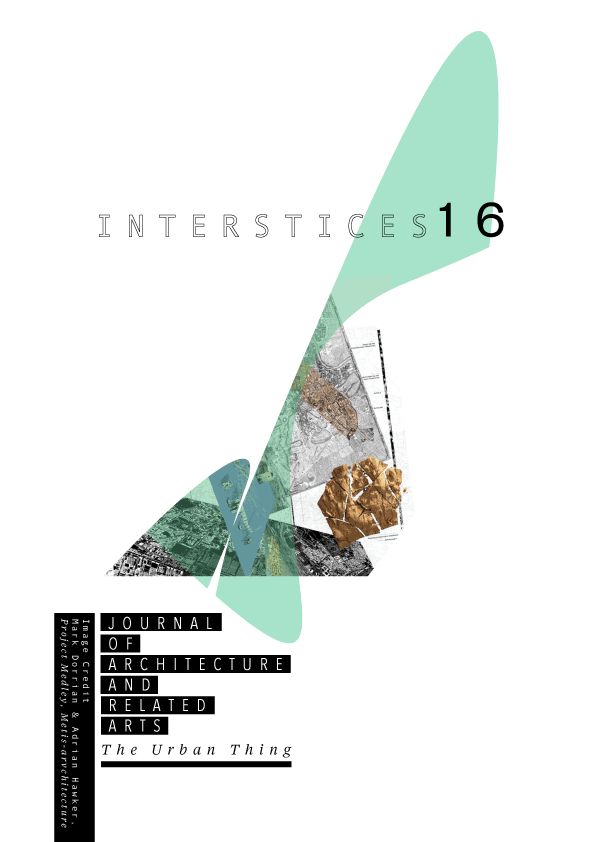Disquiet [of a non-crash site]: Non-standard urban encounter
Abstract
Disquiet [of a non-crash site] forms part of a broader experiment with urban inscription—an experiment played out across photography and philo-poetics. The project draws diversely from questions of urbanism, the non-philosophy of François Laruelle, and emerging developments in Speculative Realism. The practice is offered in three registers, each building on the same 2014 dusk encounter with an inter-tidal space at Juhu Beach, Mumbai, India: firstly, in photographic imagery; secondly, as a philo-poetic text – or what can be thought of as an intersecting of philosophy and fiction that aims to radicalise experience; and thirdly, as a discursive outline of the project’s motivations and non-standard method. Part explication, part performance, this project folds theory and practice in a non-binary mode Gilles Deleuze (1992) has termed expressionism. François Laruelle has invited a similar reworking of the theory/practice nexus: the aim, he writes, is to put “practice into theory rather than just inserting practice ‘in theory’” (Laruelle 2012c: 218). In this case, I have sought to think an encounter with the Juhu Beach intertidal zone as if the thought itself were a thing, a thing to be observed, inquired into. As a means to map out new sites of urban spatial practice, the fecundity of Laruelle’s strange but lovely, rigorous rather than authoritative non-philosophical method is bought into proximity with an actual urban encounter to better ask how the materiality of urban intertidal sites can be seen and thought. The investigation asserts the thing-ness of the encounter by way of three strategies: firstly, a refusal of “natural perception” (Merleau-Ponty 2002: 216); secondly, thinking the event as if seen through a “world-without-us” (Thacker 2011); and thirdly, by adopting an economy that “makes nothing happen” (Blanchot 1989, 1993; Keats 1958).


